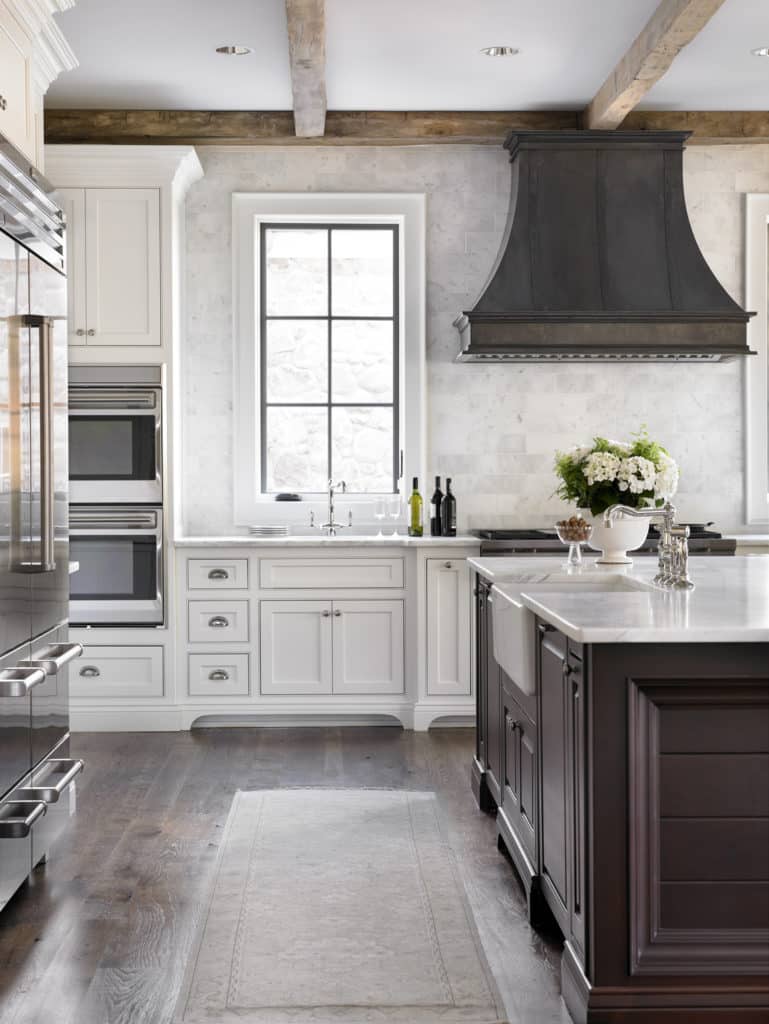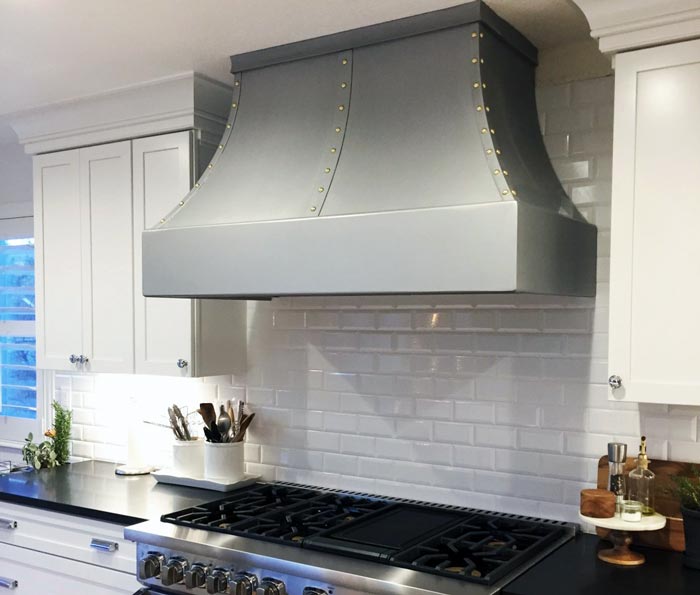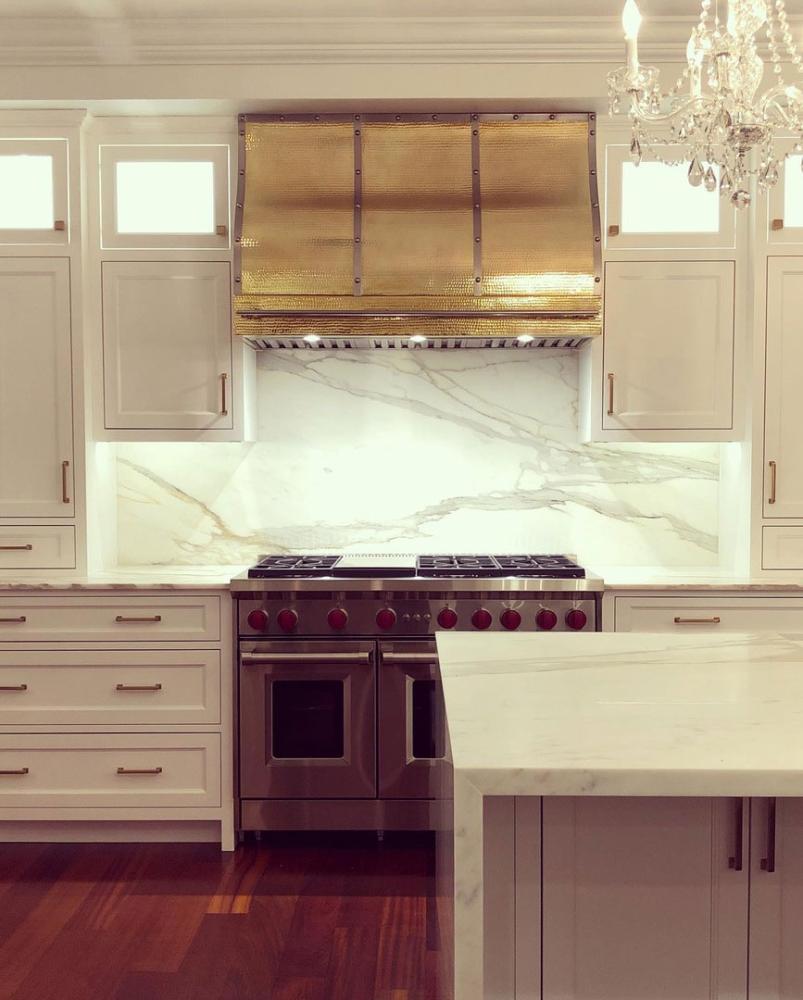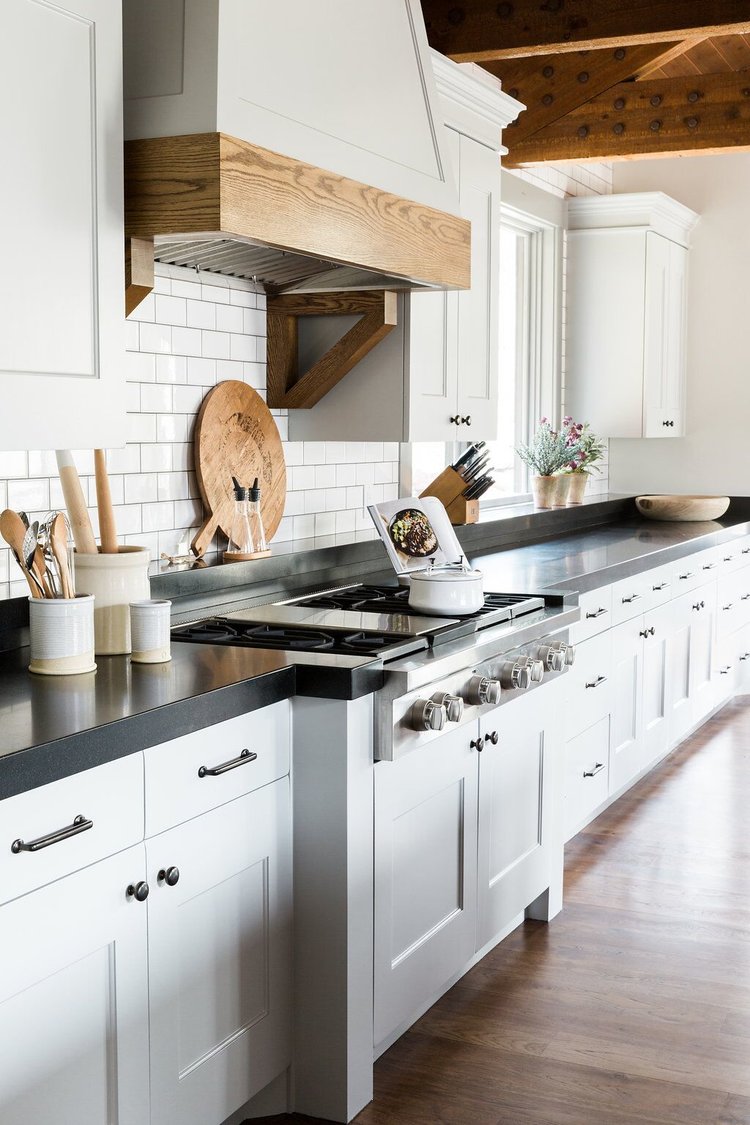The kitchen is often referred to as the heart of the home, and it certainly deserves a beautiful focal point. One of the essential elements that can elevate your kitchen design while serving a practical purpose is a decorative range hood. In this comprehensive guide, we’ll delve into everything you need to know about decorative range hoods—from design styles to installation tips and maintenance advice.
What Is a Decorative Range Hood?
A decorative range hood is not just a functional kitchen appliance; it’s a stunning piece of art that can dramatically enhance your kitchen’s aesthetics. Unlike standard range hoods that focus solely on venting, decorative range hoods combine functionality with beautiful craftsmanship, creating a centerpiece that draws the eye.
The Importance of Range Hoods
Range hoods serve multiple purposes, including:
- Air Quality Improvement: They eliminate smoke, grease, and odors from your kitchen.
- Safety: By maintaining good air quality, they contribute to a safer cooking environment.
- Aesthetic Appeal: A well-chosen range hood can serve as the main visual element in your kitchen.
Types of Decorative Range Hoods
When choosing a decorative range hood, you’ll find several styles to match your kitchen’s theme. Here are some of the most popular types:
- Wall-Mounted Range Hoods: Fixed to the wall above the cooking surface.
- Island Range Hoods: Mounted from the ceiling, ideal for kitchen islands.
- Under-Cabinet Range Hoods: Installed beneath cabinets, offering a sleek design.
- Custom-Built Range Hoods: Tailored to fit your kitchen’s specific dimensions and style.
Choosing the Right Decorative Range Hood
Selecting the ideal decorative range hood involves considering various factors such as size, material, style, and functionality. Here’s a breakdown to help guide your choice.
Size Matters
The size of the range hood should correspond with the size of your cooktop. The general rule of thumb is that the range hood should be at least as wide as the cooking surface and, ideally, 3 inches wider.
| Cooktop Width | Recommended Hood Width |
|---|---|
| 30 inches | 30-36 inches |
| 36 inches | 36-42 inches |
| 48 inches | 48-54 inches |

Materials to Consider
Decorative range hoods come in various materials, including:
- Stainless Steel: Offers a modern look and is easy to clean.
- Wood: Perfect for traditional or rustic kitchens.
- Copper: Adds a unique and warm touch to any kitchen.
- Stone: For a luxurious and timeless appearance.
Style and Design Trends
Your choice of style should align with your overall kitchen design. Popular styles include:
- Farmhouse: Featuring rustic wood and vintage aesthetics.
- Modern: Sleek lines and stainless steel finishes.
- Industrial: Exposed metals and utilitarian designs.
- Classic: Ornate details and elegant finishes.

Ventilation Options
Decorative range hoods come with three primary ventilation options:
- Ducted: Vents air outside; most effective option.
- ductless: Recirculates air with filters; easier installation.
- Convertible: Can operate as either ducted or ductless, providing flexibility.
Installing Your Decorative Range Hood
Installation can vary based on the type of range hood you choose, but here’s a general overview to guide you through the process.

Preparation for Installation
Before starting, ensure you have:
- All necessary tools (screwdriver, drill, level).
- A partner for assistance, as range hoods can be heavy.
- Safety gear (gloves, goggles).
Installation Steps
Follow these steps for a successful installation:
- Turn off power to the area where the hood will be installed.
- Measure and mark where the hood will be placed.
- Install the mounting bracket according to the manufacturer’s instructions.
- Connect ductwork (if applicable) to ensure proper ventilation.
- Secure the range hood to the mounting bracket and connect the electrical supply.
- Turn the power back on and test the hood for proper functionality.

Maintenance Tips for Decorative Range Hoods
Maintaining your decorative range hood is essential for ensuring longevity and optimal performance. Here are some tips to keep it in top condition:
Cleaning Your Range Hood
Regular cleaning helps prevent grease buildup. Here’s how to do it:
- Turn off the power and, if ducted, disconnect from the ductwork.
- Use a soft cloth or sponge with warm, soapy water for stainless steel or wood hoods.
- For tougher grease, a mixture of vinegar and baking soda can work wonders.
- Rinse thoroughly and dry to avoid water spots.

Filter Replacement
If your range hood is vented, replace or clean filters regularly (typically every 3-6 months) to maintain airflow efficiency.
Pros and Cons of Decorative Range Hoods
| Pros | Cons |
|---|---|
| Enhances kitchen aesthetics | Can be costly |
| Improves air quality | Requires maintenance |
| Available in various styles | Installation may require professional help |
| Customizable options | Can take up additional space |

FAQs About Decorative Range Hoods
1. What is the average cost of a decorative range hood?
The price can vary significantly based on style, material, and functionality. Expect to pay anywhere from $300 to $2,500 or more for high-end models.
2. How loud are decorative range hoods?
Noise levels can range from 40 to 65 decibels, depending on the model and settings. Opt for models with noise ratings at or below 50 decibels for a quieter experience.

3. Can I install a decorative range hood myself?
While some handy homeowners can tackle the installation, it’s advisable to consult a professional, especially for ducted range hoods.
4. How often should I clean my decorative range hood?
For optimal performance, clean the exterior monthly and filter regularly based on usage (typically every 3-6 months).
Final Thoughts
Investing in a decorative range hood is more than just an aesthetic choice; it’s an opportunity to enhance your cooking experience while elevating your kitchen’s design. Take your time to assess styles, materials, and functionalities to find the perfect match for your culinary sanctuary.
Remember, your kitchen is a reflection of your style and personality, and a beautiful range hood can make all the difference. Happy cooking!